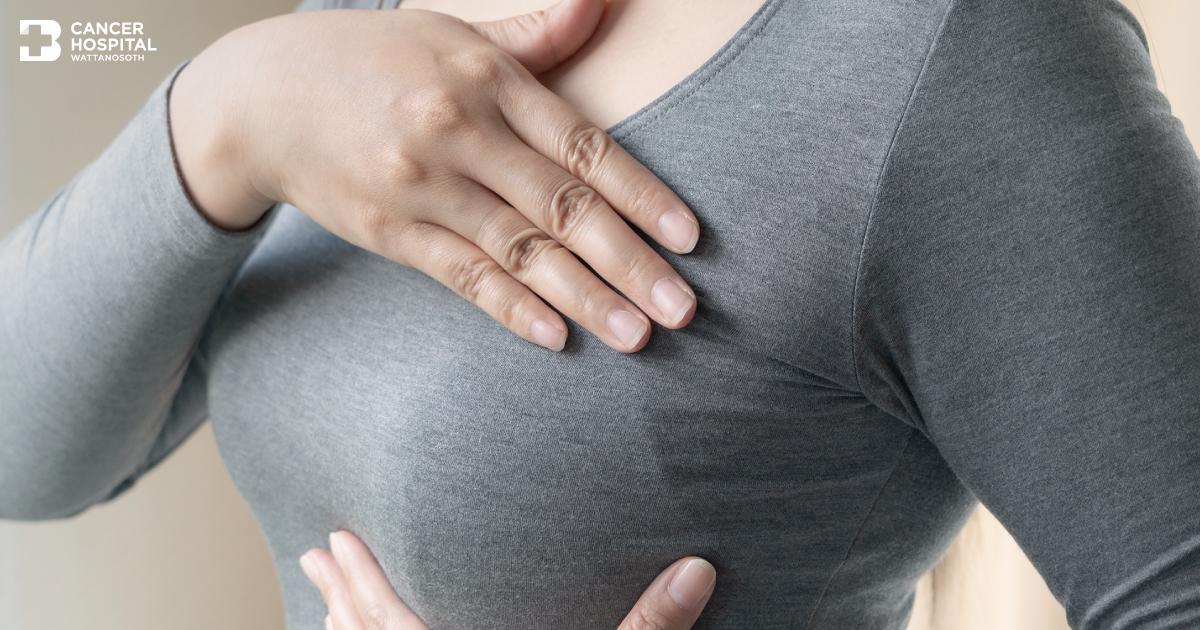
VACUUM BREAST BIOPSY
Breast examination by mammogram or ultrasound is the standard diagnostic tools for breast disease. If there is a suspected mass or calcification, a biopsy is taken for more specific diagnosis. In the past, biopsy tools are used for diagnosis only. With the current medical advancement, a vacuum breast biopsy has been developed for diagnosis and treatment that is less painful. Furthermore, the patient does not require surgery or hospital admission and can return to their daily routine quicker.
Cyst vs Calcification
Most anomaly in the breast is either a mass or calcification. If a biopsy is taken, the doctor will schedule a regular follow-up.
In the case of calcification, it may be dispersed or clustered to a certain area of the breast. If the calcification is not suspicious, the doctor will just make a follow-up appointment. However, if the calcification is a cluster, there may be a risk of malignancy or pre-malignancy. Calcifications can be classified into two groups:
- Normal calcification can be caused by inflammation, breastfeeding, trauma, and a cyst that shrank and developed calcification. The doctor tends to just make a follow-up appointment.
- Suspicious calcification may be cancerous or pre-cancerous. The doctor will recommend a biopsy as soon as possible.
Both cyst and calcification will not show any symptom. Therefore, women over the age of 40 should get a mammogram. However, if there is a hereditary risk, regular mammogram should start from 35 years of age to reduce the risk of breast cancer.
How Vacuum Breast Biopsy Works
Vacuum breast biopsy uses a needle that is attached to a vacuum that will remove the tissue automatically, it is controlled by a computer and the procedure is monitored on screen. The needle will deliver a localized anesthesia to the area where the mass is. If the patient still feels pain, more anesthesia is delivered through the port without the need to pull the needle out. Since the needle is larger than most needles, there may be bleeding, which will go away by itself within 1 – 2 weeks by applying cold compression.
Once the position has been located, the doctor will make a small 3 – 5 mm incision to place the needle from the vacuum biopsy, which will take a sample and remove it via a vacuum. There is a tissue filter that will collect the specimen in the same needle so that it can collect samples continuously without having to collect one at a time. The vacuum breast biopsy can take up to 2 cm of tissue. The ultrasound will direct the position and check whether the mass has been removed completely or not. For suspicious calcified mass, a mammogram will guide the direction and position. For a mass that is not too big, it may take about 30 – 60 minutes to complete the procedure.
The vacuum breast biopsy can also place a small metal clip to mark the position in case further surgery or treatment is necessary. The clip is not harmful to the body and can be in place indefinitely.
Benefits of Vacuum Breast Biopsy
The benefits of vacuum breast biopsy include
-
- Replacement for surgical biopsy
- No risk of systemic anesthesia
- Small incision only 3 – 5 mm, instead of large incisions
- Quick recovery without the need for hospital admission
- Reduced pain during and after surgery
- Reduced trauma to breast tissue
Limitation of Treatment
-
- Mass or calcification should not be larger than 2 cm
- Mass or calcification should not be high risk of malignance because it cannot be used to treat cancer
- Patients who have blood conditions should consult a physician and follow the recommendation strictly
- After the procedure, patients should refrain from physical activities and heavy lifting for at least one week
- If the mass turns out to be malignant, surgical removal is recommended